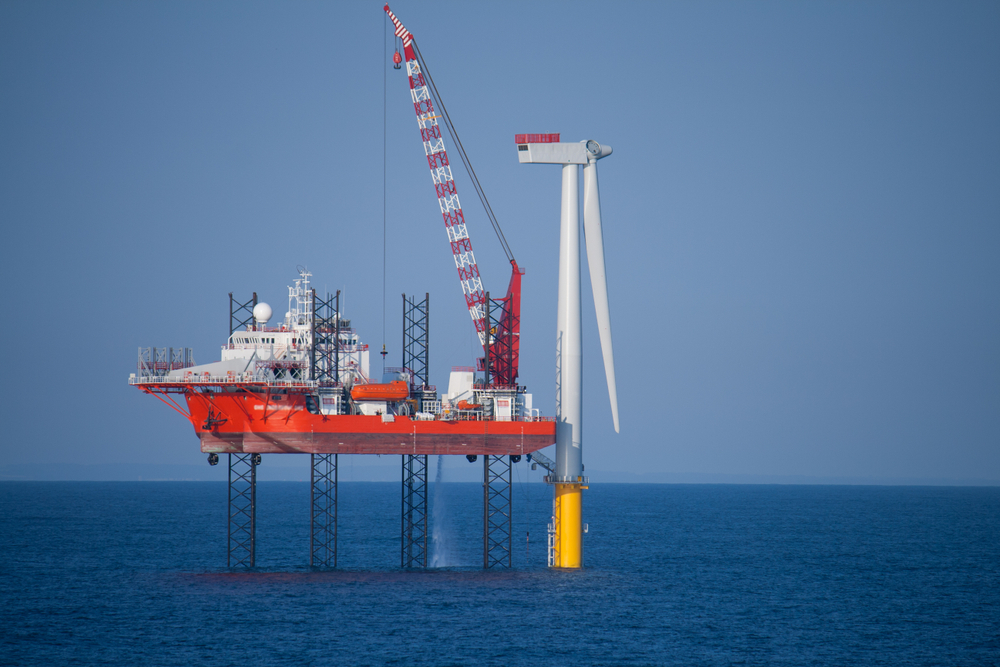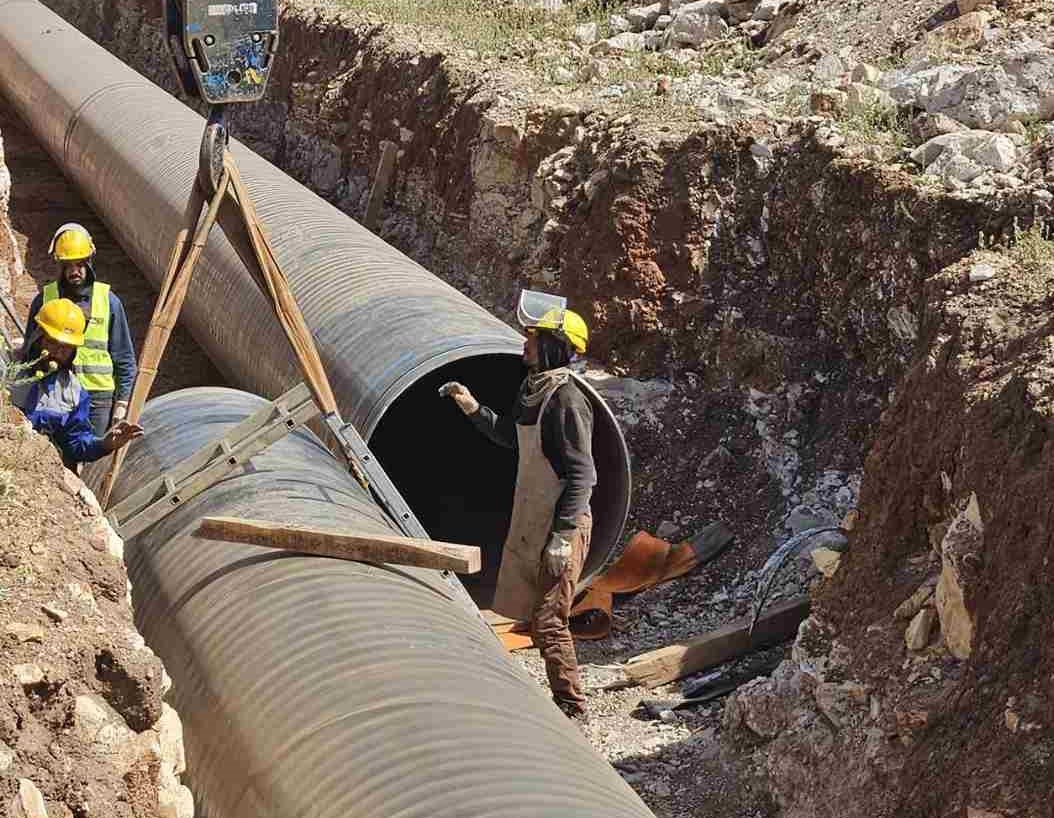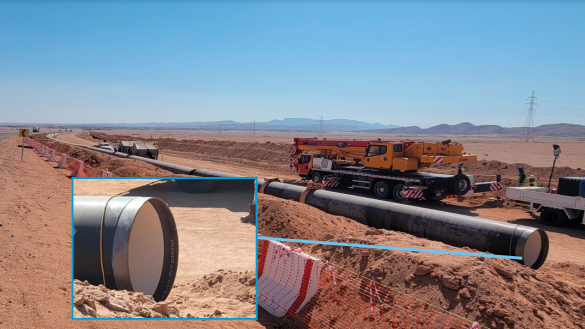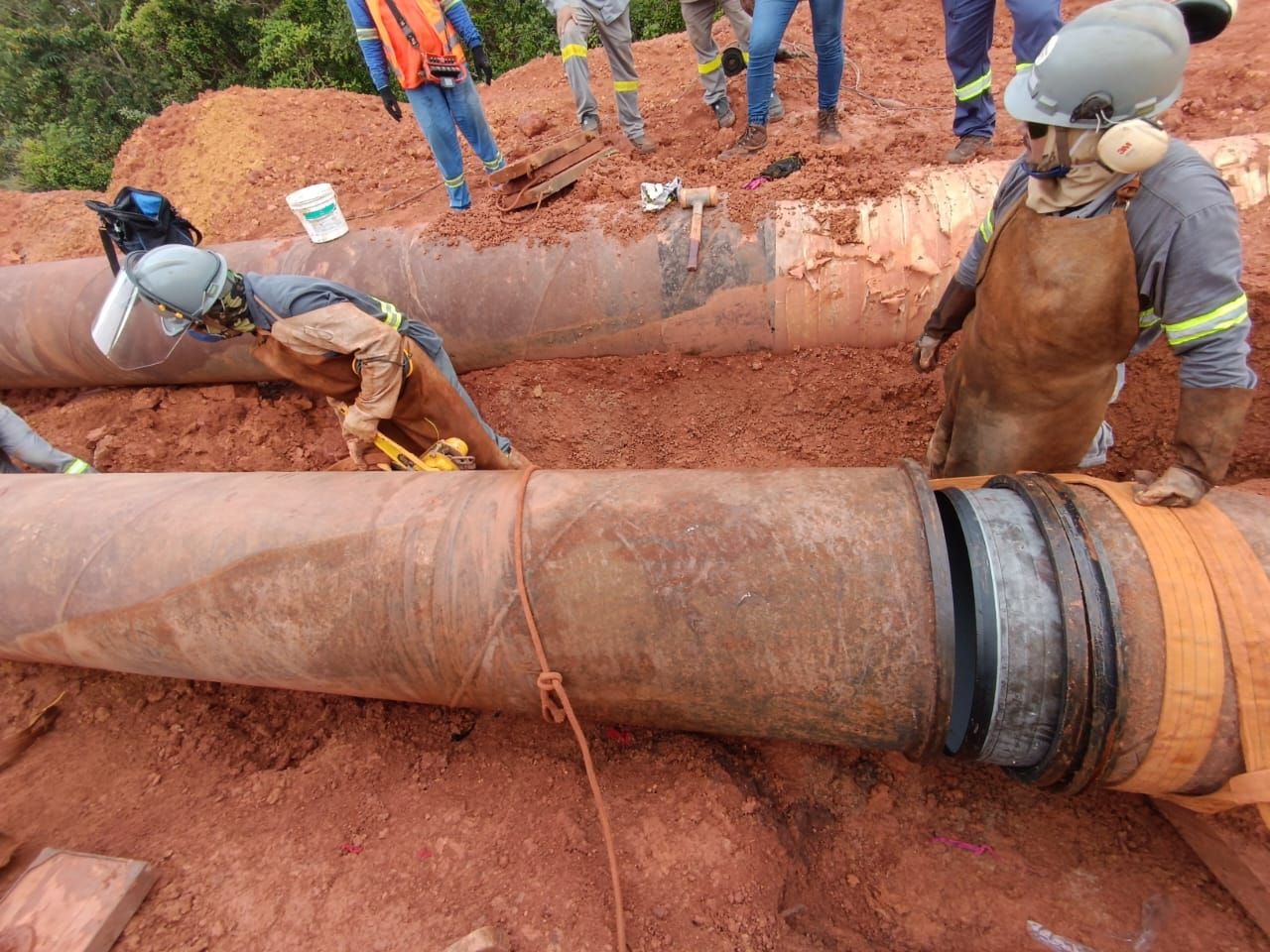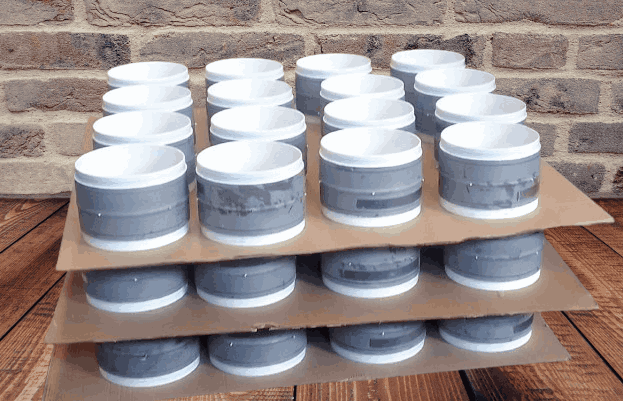Offshore field joint coating is an essential part of the pipeline industry, serving as a protective layer between the pipeline and the surrounding environment.
This type of coating is applied to the weld areas of pipelines that are installed in offshore environments, where they are exposed to harsh conditions such as saltwater, waves, and extreme weather. You must need to know all the field joint coating considerations.
The coating helps prevent corrosion, erosion, and other types of damage that can lead to leaks or failures.
This guide will take you to the world of offshore field joint coating, discussing its benefits and everything you need to know.
Offshore Pipeline Installation
The application of the field joint coating during the installation of an offshore pipeline is frequently referred to as a time-consuming process. Applying a field joint coating correctly can take up to 15 to 20 minutes per joint.
Although this doesn’t seem like a lengthy time per joint, the installation time for field joint coatings can be rather long given that a deep water pipeline may have hundreds or even thousands of joints.
There may be a considerable economic incentive to do away with the offshore pipeline field cooperation procedure because the normal pipeline lay vessel day rate can rise into the hundreds of thousands of dollars.
Benefits of Offshore Field Joint Coating
Protection Against Corrosion: Offshore pipelines are exposed to harsh seawater and other corrosive elements that can lead to the deterioration of the pipeline. Field joint coating provides a barrier between the pipeline and these elements, protecting it from corrosion and prolonging its lifespan.
Enhanced durability: Offshore field joint coatings are designed to withstand harsh weather conditions, water, and UV exposure, which makes them more durable. The coating can extend the lifespan of the joint and reduce maintenance costs.
Environmental protection: The protective coating can help prevent leaks and spills, which can have negative environmental impacts. In case of any leaks, the coating can contain the spill, preventing it from spreading and minimizing the environmental impact.
Improved safety: Coatings can also improve safety by reducing the risk of leaks, spills, and other accidents that can occur when pipelines are damaged.
Compliance with Industry Regulations: The oil and gas industry is heavily regulated, and proper field joint coating is required to comply with these regulations. By ensuring compliance, companies can avoid fines and penalties and maintain their reputations as responsible operators.
Common Coating Issues and Solutions
Pinholes
Pinholes are tiny, round, or elongated gaps that pierce the covering and reveal the substrate to the outside world. They arise from improper surface preparation, coating application, or trapped air or bubbles in the coating. Damage from corrosion and other factors can result from pinholes.
Solution:
By making sure the surface is correctly cleaned and ready for coating application, pinholes can be avoided. Application and coating thickness ought to be uniform and constant. Pinholes can be fixed if they happen by brushing or spraying an appropriate coating material into the hole to fill it.
Blistering
Blistering is the formation of a bubble-like structure when the coating delaminates or separates from the substrate. This may be brought on by inadequate surface preparation, unsuitable coating materials, or trapped moisture or air between the coating and the substrate.
Solution:
Before applying a coating, make sure the surface is clean, dry, and free of any impurities to prevent blistering. The manufacturer’s instructions should be followed while applying coating materials, which should be compatible. When a coating becomes blistered, it can be restored by scraping it off, adding fresh coating, and making sure the new coating cures properly.
Best Practices for Offshore Field Joint Coating
Following are some of the best practices for offshore field joint coating process:
Suitable Surface Preparation
In order to guarantee the durability and efficiency of the coating system, surface preparation is essential. Rust, dirt, dampness, and any other pollutants that can hinder the coating’s adhesion should not be present on the surface.
The surface needs to be thoroughly cleaned and dried before applying the coating.
Choosing the appropriate coating system
The operational environment, anticipated longevity, and financial constraints of the pipeline, among other things, all influence the coating system selection. Based on the unique needs and specifications of the pipeline, the appropriate coating system should be chosen.
The coating system must adhere to all rules, regulations, and quality assurance requirements that apply to the sector.
Monitoring and Inspection of Quality
Every step of the offshore field joint coating process should involve quality control and inspection. Visual examination, non-destructive testing, measuring the thickness of the coating, and adhesion testing are all included in this. To make sure that the coating system complies with the industry’s norms and regulations, the inspection should be conducted by skilled and qualified professionals.
Compliance for Industry Standards and Laws
Following the rules and laws of the industry is essential since offshore field joint coating is a highly regulated one. This involves making sure the coating system conforms with industry standards and the installation procedure does so as well.
FAQs
What is coating for field joints?
The place where two pipeline sections meet and are welded together is known as a field joint. To prevent corrosion of the bare steel region, anti-corrosion coatings must be applied here.
What does PQT quality mean?
Production Qualification testing (PQT) are meant to guarantee ongoing product performance, quality, and dependability as well as to allow for the conclusion of protracted or extremely difficult evaluations and testing independent of and prior to any purchase or contract.
What is the difference between OQ and PQ?
Operational Qualification (OQ) examines and records that each of the item’s individual functions performs as planned. As an illustration, consider if it operates at the desired speed or heats a liquid to the appropriate temperature. Performance Qualification (PQ) examines and records whether the systems and equipment meet the requirements of the users.
Bottom Lines
Offshore field joint coating extends the life of pipes, prevents corrosion, ensures compliance with industry requirements, and promotes safety. The best practices must be prioritized for an offshore field joint coating to be successful and long-lasting, nevertheless. With continued research and development to enhance the efficacy, efficiency, and environmental sustainability of the process, the future of offshore field joint coating is bright.

